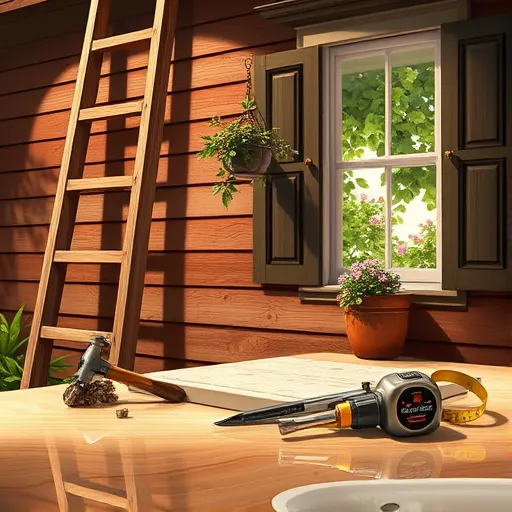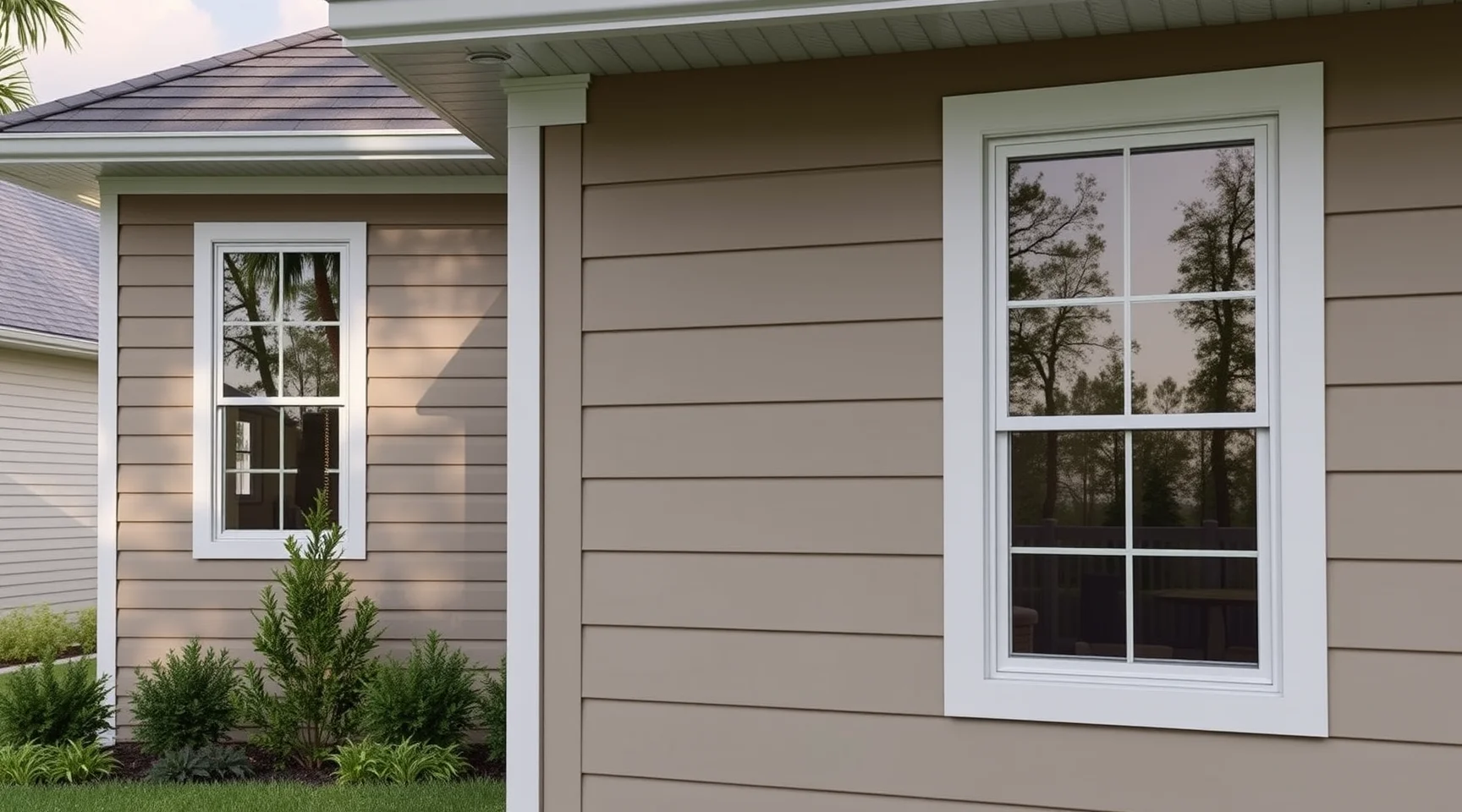
How to Attach Siding Utility Trim: Step-by-Step Guide for DIY
Introduction: Why Properly Attaching Siding Utility Trim Matters
When it comes to enhancing your home's exterior, siding utility trim plays a pivotal role in both aesthetics and functionality. Proper installation not only improves curb appeal but also ensures longevity by preventing issues like water infiltration, pest intrusion, and structural damage. At Lake Co Exteriors, we understand that mastering how to attach siding utility trim is essential for achieving a polished, durable finish. This comprehensive guide provides in-depth insights, actionable steps, and professional tips to help you accomplish the task with confidence.
What Is Siding Utility Trim and Why Is It Essential?
Siding utility trim is a specialized component used to bridge gaps, cover raw edges, and provide a clean finish around vents, pipes, windows, and doors. It also helps prevent water infiltration and shields vulnerable areas from the elements. Properly installed siding utility trim improves the overall integrity and appearance of your siding project, making it a critical step in exterior home finishing.
What Tools and Materials Do You Need to Attach Siding Utility Trim?
Siding utility trim pieces: Choose materials that match your siding for a seamless look.
Nail gun or hammer: For fast, secure fastening.
Galvanized or stainless-steel nails: Resistant to rust and corrosion, ideal for exterior use.
Measuring tape and level: To ensure precise placement and straight lines.
Utility knife or tin snips: For cutting trim to size.
Drill with bits: Optional, for pilot holes or additional fastening.
Sealant or exterior-grade caulk: For waterproof sealing around trim edges.
How Do You Measure and Cut Siding Utility Trim Accurately?
How do I measure the length of utility trim needed for my project?
Start by identifying all areas where utility trim is required—around vents, pipes, or along edges. Use a measuring tape to determine the length of each section, allowing extra for overlaps and cuts. It's advisable to measure multiple times for accuracy. Mark your measurements on the trim piece with a pencil before making cuts.
What is the best way to cut siding utility trim to ensure a clean, straight edge?
For most trim materials, a fine-tooth saw or tin snips work well. Whenever possible, use a miter saw for precise angled cuts, especially when fitting pieces around corners. Always wear safety glasses when cutting and ensure the trim is securely clamped to prevent movement. Smooth out rough edges with a file or sandpaper for a professional appearance.
What Are the Steps for Properly Attaching Siding Utility Trim?
How should I prepare the surface before installing utility trim?
Ensure the surface is clean, dry, and free of debris. Remove any loose or damaged siding panels and inspect the underlying structure for stability. Proper preparation prevents future issues and ensures good adhesion and fastening of the trim.
In what order should I install siding utility trim for best results?
Begin by positioning the trim temporarily to confirm fit and alignment. Double-check measurements and make any necessary adjustments. Once satisfied, proceed with attachment, starting from one end and working methodically across the surface.
What is the most effective method for attaching siding utility trim to ensure durability?
Use a high-quality nail gun or hammer with galvanized or stainless-steel nails. Space nails approximately 12 to 16 inches apart, ensuring they are driven straight and flush with the trim surface. Avoid overdriving, which can distort or crack the trim. For corners and edges, double-check for level and alignment before nailing.
Do I Need to Seal or Caulk Around the Siding Utility Trim?
Why is sealing around utility trim important?
Proper sealing prevents water infiltration, reduces drafts, and protects vulnerable areas from moisture damage. It also improves the overall appearance by providing a sealed finish.
What type of sealant should I use for exterior siding utility trim?
Opt for an exterior-grade, weather-resistant caulk compatible with your siding material. Apply a thin bead around the edges, smoothing it with a finger or caulk tool for a seamless finish. Allow adequate curing time before exposing the area to weather.
How Can You Ensure the Utility Trim Is Secure and Looks Professional?
What tips help achieve a clean and professional appearance?
Maintaining consistent nail spacing, ensuring the trim is level, and using quality fasteners are all critical. Pay close attention to seams and overlaps, sealing them effectively. Using color-matched nails or caps can also enhance visual appeal.
What common mistakes should be avoided when attaching siding utility trim?
Avoid over-tightening nails, which can warp or crack the trim. Do not neglect proper measurement and alignment, as misaligned trim detracts from appearance and performance. Also, skipping sealing steps can lead to moisture issues down the line.
What Are Examples of Effective Utility Trim Installations?
For instance, around roof vents, properly installed utility trim ensures a weather-tight seal that prevents leaks. Similarly, trimming around windows and doors with precision enhances curb appeal while safeguarding the structural integrity. To see detailed examples and step-by-step instructions, visit our siding fascia installation guide.
How Do I Maintain and Inspect My Siding Utility Trim Over Time?
Routine inspections help identify loose nails, cracks, or sealant deterioration. Clean debris regularly and apply touch-up sealant as needed to maintain a weather-resistant barrier. Addressing minor issues promptly prevents costly repairs in the future.
Are There Special Considerations for Different Siding Materials?
Yes. Different siding types—such as vinyl, wood, fiber cement, or metal—may require specific fasteners and sealing techniques. For example, vinyl siding requires nails that won’t damage the material, and wood siding might need additional sealing to prevent water damage. Always refer to manufacturer guidelines for your specific siding surface.
Frequently Asked Questions (FAQs)
How long does it typically take to learn how to attach siding utility trim properly?
Experience varies, but with careful reading and practice, most individuals can achieve professional results within a few projects. Patience and attention to detail are key.
Can I install siding utility trim myself or should I hire a professional?
While DIY installation is feasible for those with basic carpentry skills, consulting a professional ensures optimal quality, especially for complex or large projects. Lake Co Exteriors offers expert assistance if needed.
What are some signs that siding utility trim needs replacement or adjustment?
Look for loose nails, visible gaps, cracks, water stains, or warping. If sealant has deteriorated or the trim no longer aligns properly, it may require repair or replacement to maintain performance.
Conclusion: Achieving Excellence in Siding Utility Trim Attachment
Mastering how to attach siding utility trim is a fundamental skill for any homeowner or contractor aiming for a professional-grade exterior finish. Proper measurement, precise cutting, correct fastening, and effective sealing are all vital steps toward a durable and attractive result. By following these comprehensive guidelines, you’ll not only improve your project's aesthetic appeal but also enhance its longevity and resilience against environmental elements. For further expert insights and professional assistance, consider contacting Lake Co Exteriors, your trusted partner in exterior siding solutions.



















